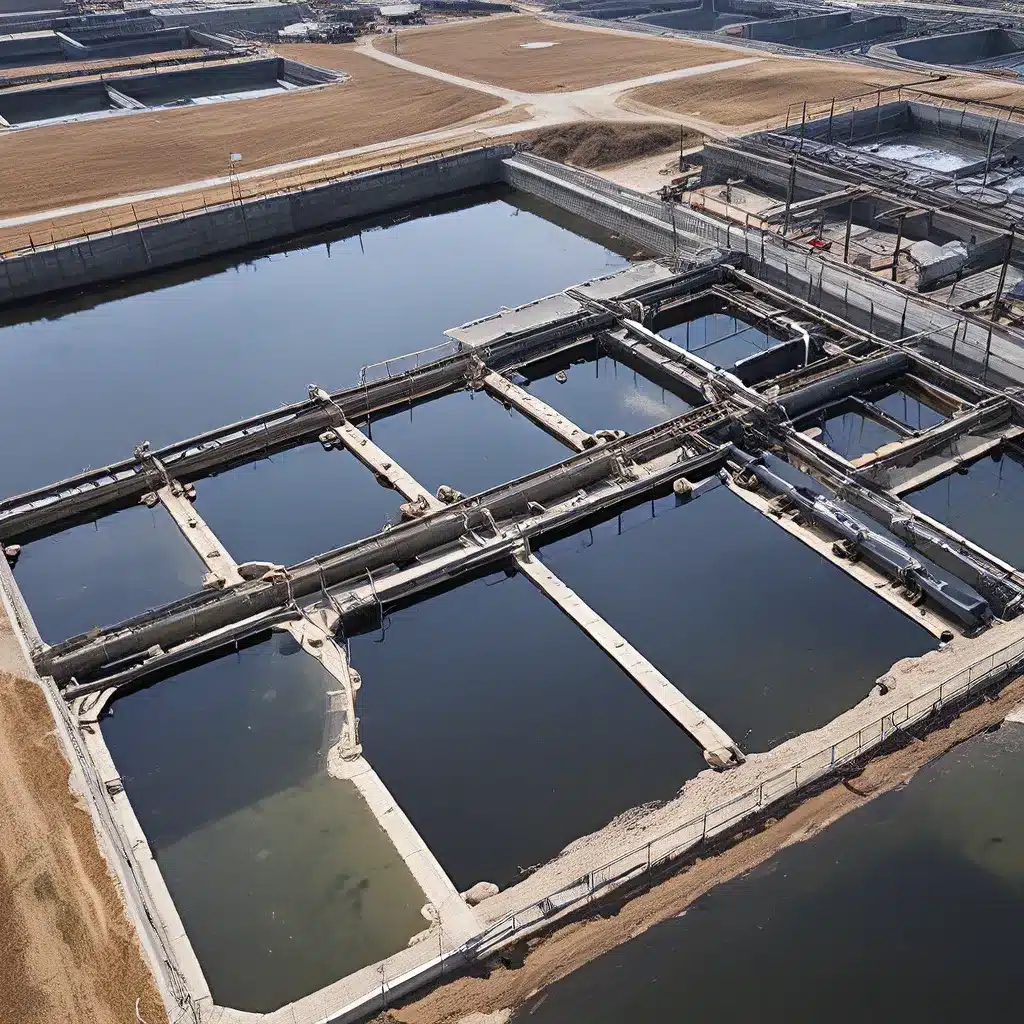
Flushing Away the Past: How Wastewater Treatment is Reinventing Sustainability
As I step into the control room of a modern wastewater treatment facility, I can’t help but feel a sense of awe. The rows of screens, the intricate piping systems, the hum of machinery – it’s a far cry from the sludge-filled lagoons of the past. This isn’t your grandparents’ wastewater treatment plant; it’s a high-tech marvel, a nexus of innovation that’s redefining the way we think about water purification and environmental stewardship.
The integration of cutting-edge technology has transformed the humble wastewater treatment plant into a veritable powerhouse of sustainability. Gone are the days when these facilities were simply dumping grounds for our collective waste; today, they are at the forefront of a revolution that is not only cleaning our water but also creating valuable byproducts, reducing our carbon footprint, and safeguarding the delicate ecosystems that depend on our waterways.
Predictive Analytics and the Crystal Ball of Wastewater
One of the most exciting advancements in wastewater treatment is the rise of predictive analytics. Imagine a crystal ball that can tell you exactly when a piece of equipment is going to fail, or a system that can anticipate spikes in influent flow before they even happen. With the help of digital twin technology and machine learning algorithms, wastewater treatment plants are becoming increasingly adept at forecasting and managing the complex processes that govern their operations.
Gone are the days of reacting to problems as they arise. Now, we can proactively address issues before they even occur, optimizing our systems and maximizing their efficiency. It’s like having a crystal ball for water purification – and trust me, it’s a game-changer.
A Circular Economy for Wastewater
But the revolution in wastewater treatment doesn’t stop there. We’re also seeing a shift towards a circular economy, where the byproducts of wastewater treatment are being repurposed and reused in innovative ways.
Take, for example, the sludge that was once simply buried or incinerated. Today, we’re finding ways to turn this waste into valuable resources. Biogas extracted from the sludge is now being used to power the very plants that produce it, reducing energy costs and carbon emissions. And the nutrient-rich solids that remain can be processed into fertilizers, helping to close the loop and support sustainable agriculture.
It’s a beautiful example of how “waste” is merely a misplaced resource – and wastewater treatment facilities are leading the charge in this circular revolution.
The Water-Energy Nexus: Powering the Future with Wastewater
But the innovations in wastewater treatment don’t stop there. We’re also seeing a growing emphasis on the water-energy nexus, the intricate relationship between water and energy systems. Wastewater treatment plants, once energy-hungry behemoths, are now becoming net-zero energy facilities, or even net energy producers.
Through the integration of renewable energy sources, cogeneration systems, and advanced energy-efficiency measures, these plants are not only reducing their carbon footprint but also contributing to the larger energy grid. It’s a win-win scenario – cleaner water and a more sustainable energy future.
Redefining Environmental Stewardship
As I walk through the facility, I can’t help but marvel at the ways in which wastewater treatment is redefining environmental stewardship. These plants are no longer just passive players in the water cycle; they are active champions of sustainability, protecting our precious water resources and the ecosystems that depend on them.
Through the use of advanced technologies like artificial intelligence and machine learning, wastewater treatment plants are able to optimize their processes, minimize their environmental impact, and contribute to the larger goal of a more sustainable future. From water reuse and nutrient recovery to energy generation and greenhouse gas reduction, these facilities are leading the charge in the fight against climate change and environmental degradation.
The Future is Bright (and Blue)
As I exit the control room, I can’t help but feel a sense of optimism for the future of wastewater treatment. The advancements we’ve seen in recent years are just the beginning – and the possibilities are truly endless.
Perhaps one day, we’ll see wastewater treatment plants that are self-sustaining, energy-positive, and even carbon-negative, actively capturing and sequestering more greenhouse gases than they emit. Or maybe we’ll witness the rise of decentralized, community-based systems that bring water purification and resource recovery to the doorsteps of every household.
Whatever the future holds, one thing is certain: the revolution in wastewater treatment is well underway, and it’s transforming the way we think about environmental services, water management, and the path to a more sustainable future. So let’s flush away the old ways and embrace the promise of a blue-green tomorrow.


